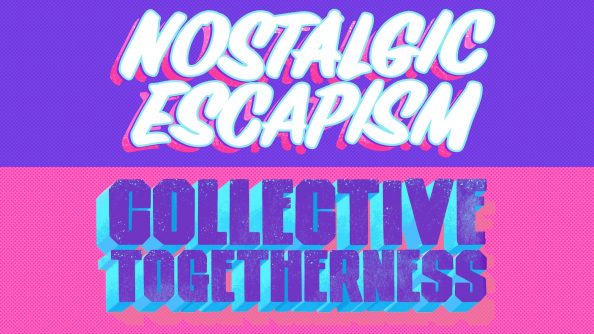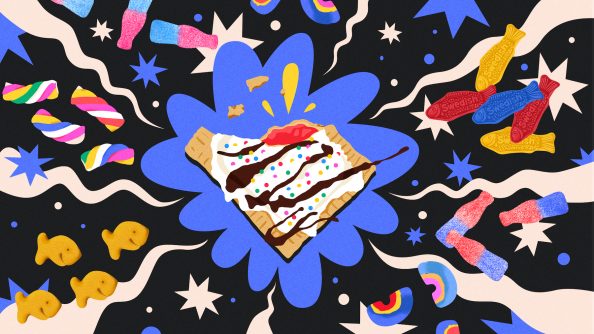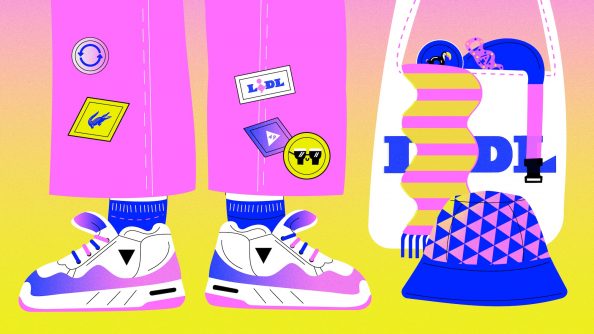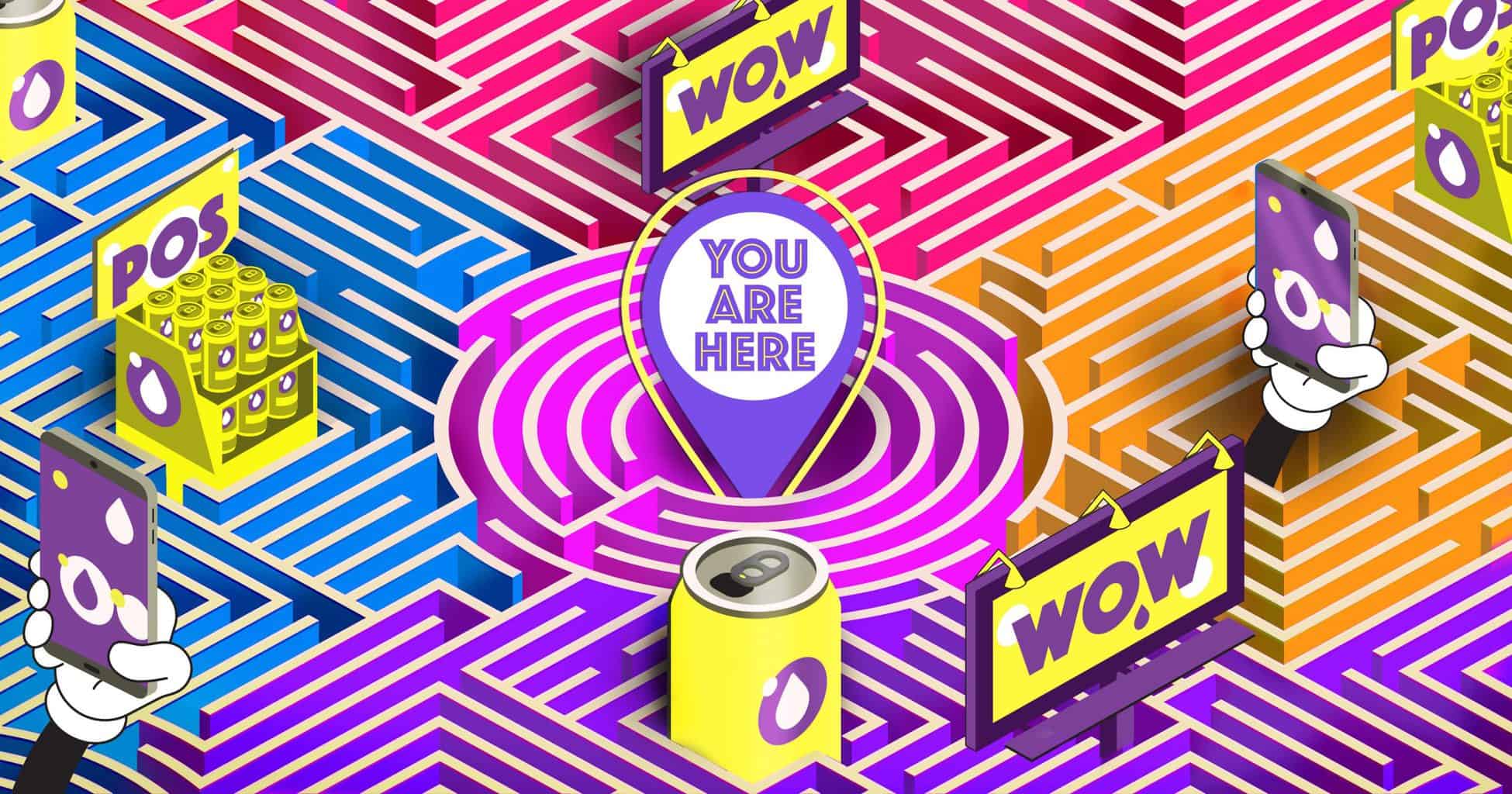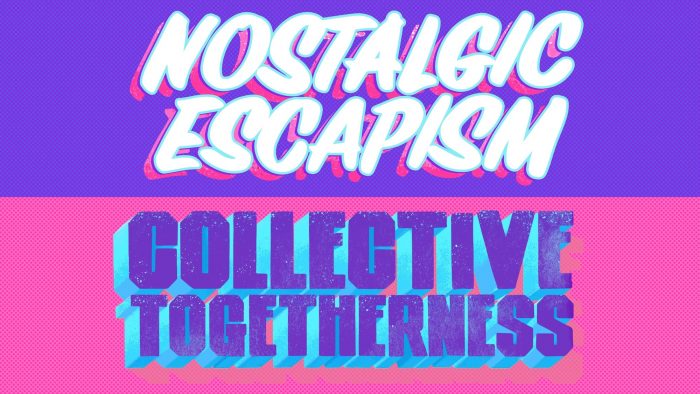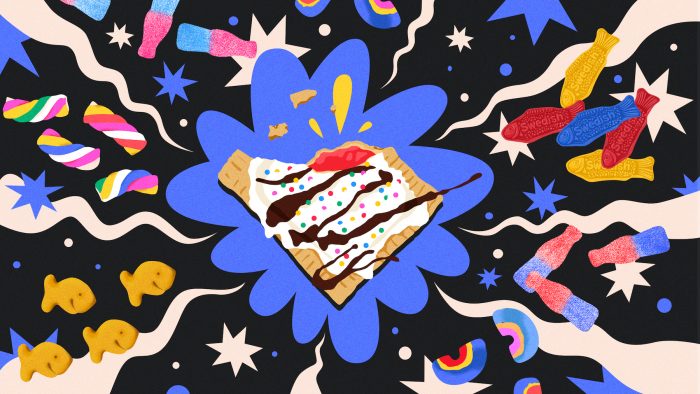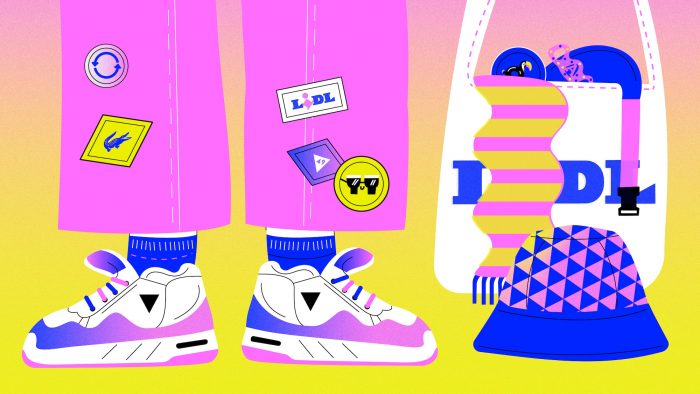Have you noticed how when we talk about a brand refresh, the pack is generally the focus? But what if this icon of the brand is taking our attention away from other applications that could offer interesting opportunities? We’ve been thinking about how decisions on touchpoints affect the creative.
In recent years, we’ve seen growing sophistication in strategic brand design, with coherent concepts successfully adapted across channels and territories. It’s a positive move that has benefited brands, and it’s something we believe strongly in at Vault49. But let’s talk about how that works in practice.
Brand management wisdom would have us believe that a brand campaign is planned in its entirety before launch. That agencies have the luxury of crafting the detail of every touchpoint across the customer journey ahead of time. All good in theory, and it looks great in case studies, but as every brand manager and agency knows, this is rarely the reality. There’s no perfect masterplan. Both from a customer and a brand owner’s perspective, a brand is a journey.
Where to launch?
Global brand campaigns have to start somewhere. While there will be a core positioning piece that’s strategic and channel agnostic, there is always a ‘hero’ touchpoint – the space where the creative launches.
There are very practical reasons why everything can’t happen at once. Brand managers understandably want to test the water and learn before initiatives are rolled out across every touchpoint and territory. As an agency, we’re used to working in a flexible and agile way to partner with our clients. Brand creation happens over time.
The thing is, we’ve found that the nature of that ‘hero’ touchpoint really can affect the direction of the creative. It’s bound to. If our focus is packaging, OOH, or motion, each will provide very different opportunities for the creative. The size of the canvas is significant for a start. Initial brand assets are influenced by the choice of launch media.
What we’ve noticed is that more times than not, new brand creative launches on pack. It’s the physical product that comes first while other touchpoints are harnessed to support it. The pack is where the brand creative is defined. But why start with packaging?
This is a missed opportunity. The pack remains a vital touchpoint, but in today’s online world should not dictate the full visual language of the brand.
Working on Pepsi Uefa Champions League project recently, we were able to demonstrate how beneficial it could be to develop the brand creative with motion and social in mind – from the off.
Packaging – intimate or limited?
The great thing about packaging as a brand touchpoint, is that it lives with the consumer in their homes and their daily lives. It has the most intimate relationship with consumers. It is the very last barrier between them and the product and the opening of the pack can be a ritual, especially in food and beverage categories. And we love designing for these moments.
Packaging is critical in influencing decisions made at the shelf and it’s the ideal place for price promotion or “new” messaging. But with all these demands, there is potentially a lot going on. Even with adjacent POSM, it is a small canvas within which to explore brand expression.
Is it time to put the brand creation emphasis elsewhere? How might starting with a different emphasis change the outcome?
POSM – flexibility or complexity?
The in-store consumer journey can have a significant impact on consumers’ hearts and minds. POSM and retail visuals – including everything from gondolas or endcaps, to affordable small unit displays, shelf strips and wobblers – all influence that last mile.
We like to take advantage of the different POSM to tell a story, mapping out a full consumer journey throughout the retail space. There can be opportunities in using every facet of a 3D display unit. We can tell a more comprehensive story than would ever be possible on pack. In more adventurous projects, we have come up with substantial structural concepts that take over an aisle and drown out the competition.
Without doubt, this an important space for brand expression. But again, there are limitations for the creative. The challenge is that POSM has to be conceived as a flexible ‘toolkit’ approach. There is a very logistical side to it, which can dominate the process. It’s not a one size fits all approach, when different regions have varying POSM dimensions and requirements.
OOH – the big ‘wow’ or the big ‘ow’?
When brand expression doesn’t launch on pack, it often starts with OOH. This is the largest canvas we have to execute a campaign and starting with large-scale key visuals is a great way to provide some breathing room in the creative process. Plus it’s a way to make impact and impress stakeholders along the way.
However, we’re finding marketers are turning their attention away from OOH because the assets don’t always translate well across the board. It can be too big. And it doesn’t come cheap.
Digital – a daringly different start-point for brand
More and more, consumers are shopping online or interacting with brands through digital devices. It’s a changing ocean of opportunities providing new ways to interact with a product in-store through AR and other platforms.
Conventionally, digital supports rather than leads. But we have found it to be a compelling medium to explore early on. Digital allows you to really tell a story – through motion and sound. And it can quickly be adapted based on results – whether that’s likes or engagement.
Working with moving images means working with thousands of frames and we have the opportunity to export any number of stills to be used on key visuals or packaging. More than anything, as a less precise medium, it keeps the creative live and the visuals loose. There is an aesthetic that comes from digital. And we find it’s an effective springboard when translating an aesthetic on to pack, POSM or OOH rather than the other way around.
Breaking the mold
In our business, we are constantly pursuing new angles. Experimentation comes as second nature. And blurring boundaries between disciplines is always a rich territory for creativity. It opens up ways to challenge expectations and norms.
In planning their marketing efforts, brand managers quite rightly choose the touchpoints and the sequence of tactics to meet their objectives and budget — that goes without saying. The creative studio’s point of view is quite far down the list of priorities. But, the point of this piece is to share some learnings from the agency-side. To be honest in the fact that the plan does have a bearing on the output.
We’re posing the question: when it comes to brand expression, why not try another way? What about starting with digital instead of pack? Let’s break the mold. And while it might seem back to front, we firmly believe it is the way forward.
anna
John Glasgow, Co-founder
LINKED IN